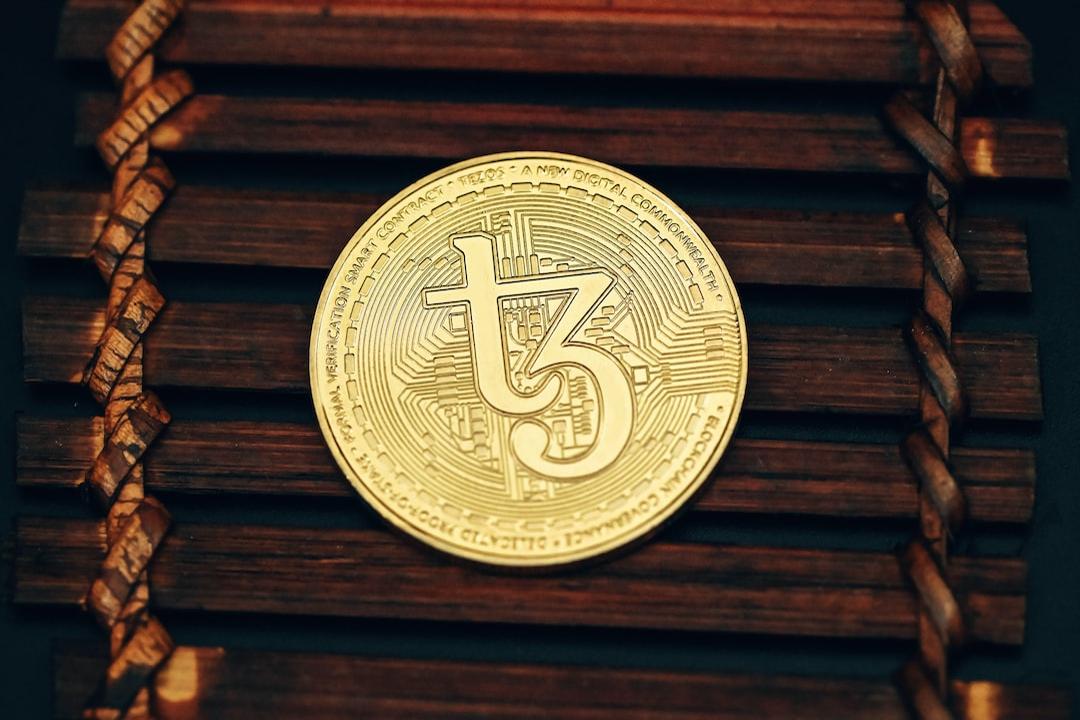Bitcoin (BTC) faced the possibility of breaking down below $61,000 on May 9 as familiar trendlines were put to the test once again.
BTC’s price continued to put pressure on the support levels of the bull market, gradually declining and erasing the gains made over the past week. Despite low-timeframe volatility affecting order book liquidity, BTC/USD lacked significant upward momentum. Now, attention was shifting back to the 100-day simple moving average (SMA) and the short-term holder realized price (STH-RP).
These levels are considered to be classic support levels for the bull market, and the brief dip to $56,500 last week did not violate them for long. Currently, the 100-day SMA and STH-RP stand at $61,200 and $60,100, respectively.
Popular trader Skew commented on the significance of the 100-day SMA and the monthly open at $60,600, stating that they are “pretty important” on high timeframes. Skew also noted the presence of 100 BTC bids at these levels, but emphasized the need for evidence of sellers being absorbed for a strong confluence of demand.
Monitoring resource CoinGlass confirmed the presence of bid liquidity just below $61,000, indicating that someone was intentionally pushing the price lower in an attempt to draw in liquidity to sell on bounces.
The recent price movements of BTC also had an impact on network fundamentals. Bitcoin mining difficulty was expected to decrease by 5.5%, marking its largest single downward adjustment since the end of the 2022 bear market. The current difficulty level is at an all-time high of 83.23 trillion. Hash rate, another important indicator, was already showing signs of decline.
The article concludes by reminding readers that it does not provide investment advice or recommendations, and encourages them to conduct their own research before making any decisions.

